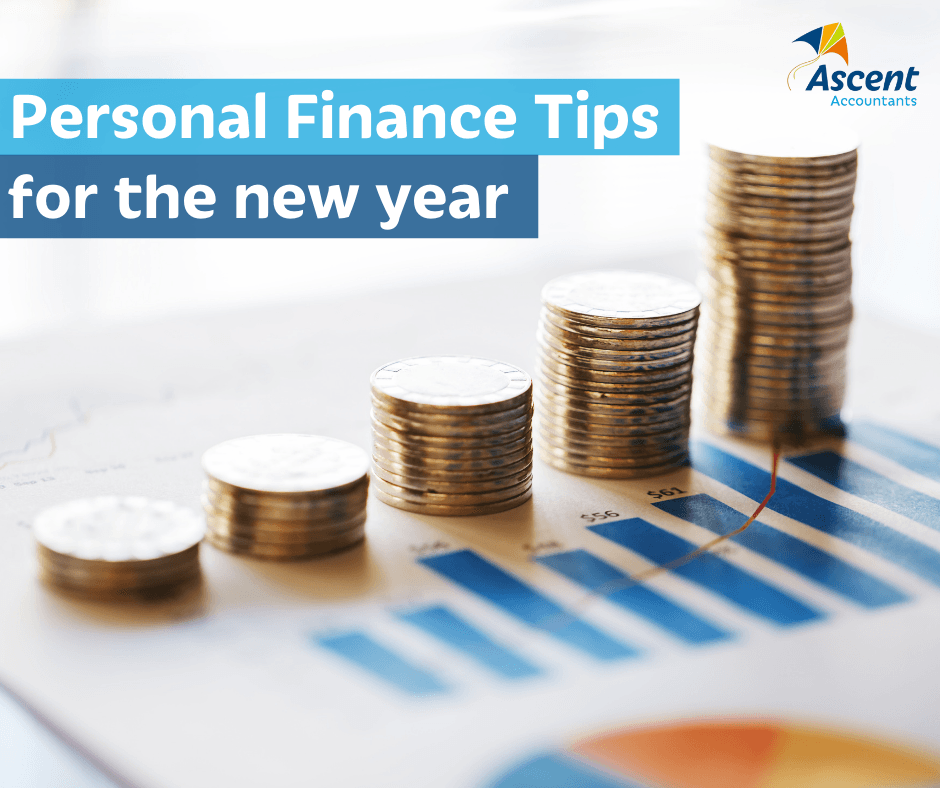Personal Finance Tips for the New Year

Firstly, assess where you are at
It may be tempting to just jump right in to get the setting of your personal finance goals done and dusted. But to make the most out of the process and to set the most effective plan, you really need to take the time to sit back and assess where you currently are at.
Have a look at your savings, debts, and investments. Being forced to have a hard look at your personal finances can be stressful, but this knowledge will help you to set realistic, achievable and positive goals for yourself in 2021.
Set a budget and stick to it
This may be an obvious one, but it’s also one that can be easily neglected. When setting personal finance goals, budgets are such an important step. The good news is that setting them can be easy. The hard bit is sticking to them.
When setting your budget for your personal finance goals, the most important thing is to make sure that they are realistic and achievable. Do not set yourself up for failure by setting difficult, stressful and unattainable goals.
Some things to always consider are housing, food, utilities, other regular expenses, as well as dedicated spending money.
Double down on debt
Debt can be a real burden and can really put a strain on your personal finance.
You need to consider your debts and their repayments when it comes to your budget. And it pays to make paying them off a priority. Most debt accrues interest, so you are losing money the longer it sits there.
Be sure to make paying off your debts a priority for your personal finances this new year.
Prep for emergencies
If this year has taught us anything, it’s that you never really know what’s around the corner, so planning for an emergency and the unknown has never been more important.
Try and set aside some of your budget regularly to accrue an emergency fund. The last thing you want to be worrying about in the middle of a crisis is your personal finances.
Review your investments
Unless you’re a finance expert, you probably aren’t making the best returns from your investments as you could be.
To boost your personal finances, it pays to educate yourself as much as possible, or to get professional help in order to make the most of what you have.
If you’re already investing, you’re on the right track, so make the absolute most out of what you already have.
Get money motivated
All of this budgeting and personal finance talk doesn’t have to be all boring and dry. Use this time to establish y our goals, what you really want and how you can get there. It could be a designer bag, a car or a house deposit. No matter your goal, it’s an exciting step to start making positive changes to get you closer to what you really want.
Shop smart
Sometimes it pays to work starter rather than harder.
Before you go and make crazy cuts to your personal finance budget, it can often be smarter to sit back and reassess to make clever changes rather than restrictions. Switch to cheaper brands for things you do not really care about, make coffees at home rather than out, buy in bulk. There are so many minor changes that mean you do not have to sacrifice the parts of your lifestyle that you value most.
With 2021 almost at our door, now is the perfect time to sit back and assess how you can ace your personal finances for the new year.
If you would like any help or advice, we are always happy to help.
Phone: 08 6336 6200
Email: info@ascentwa.com.au
Need help with your accounting?








